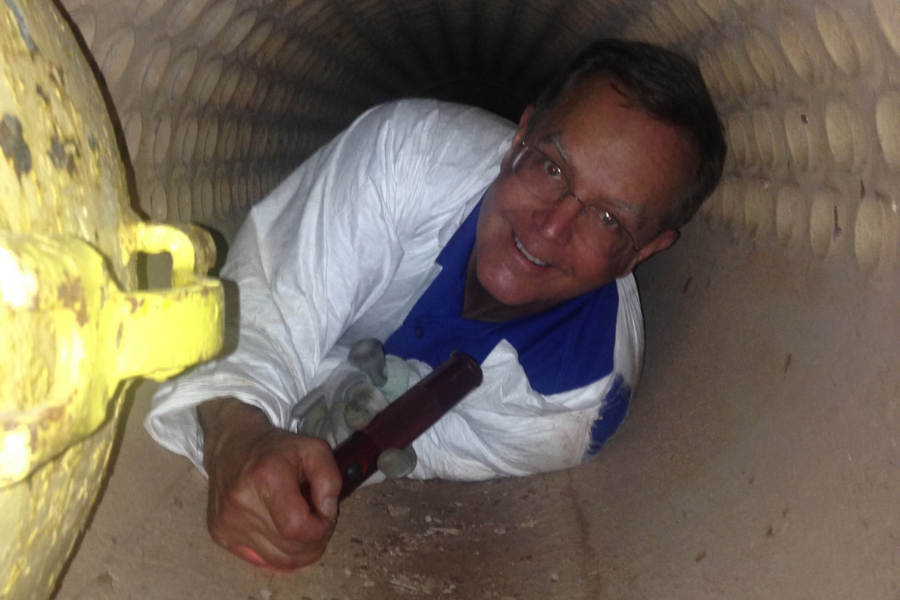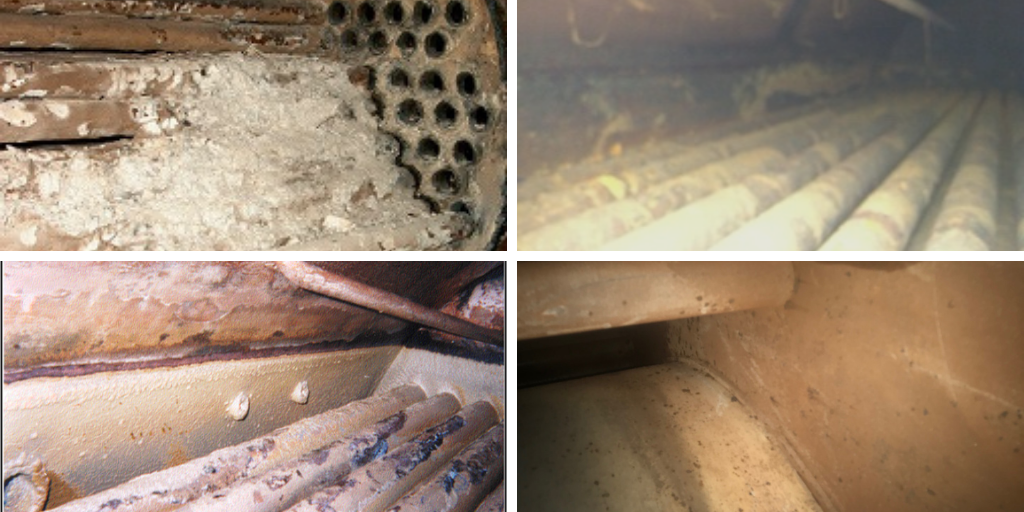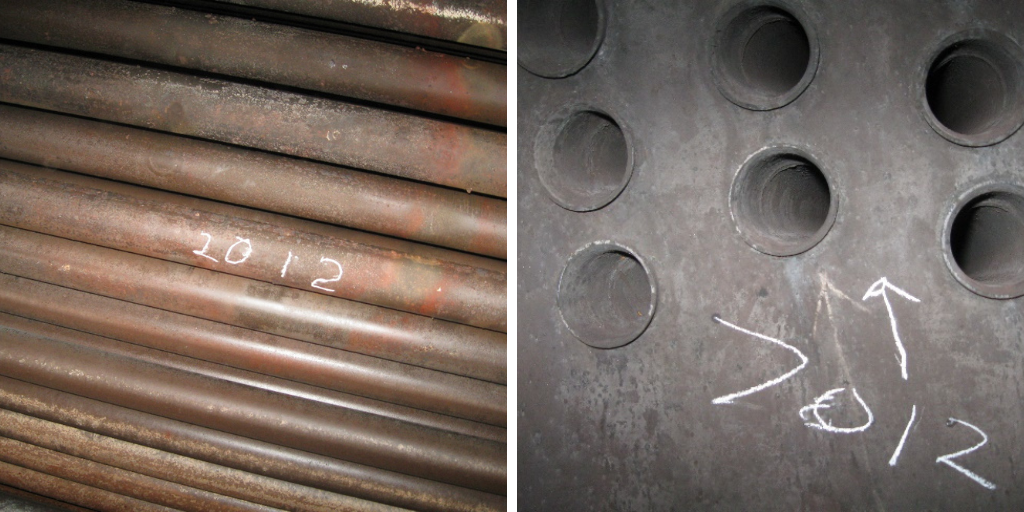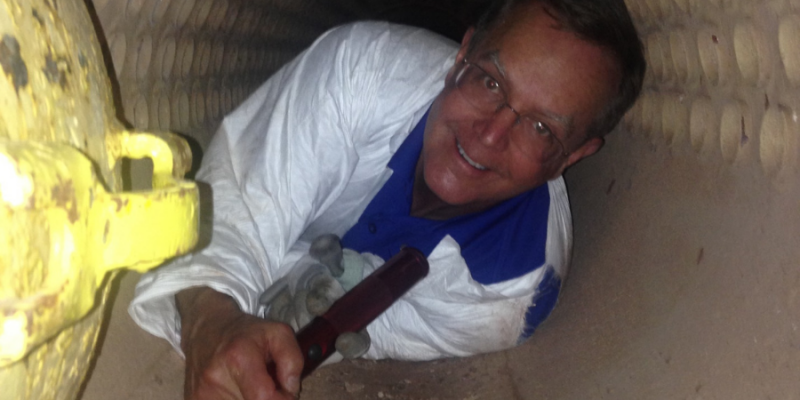
Boiler Inspections
Operators dedicate time and energy throughout the year to administering a water treatment program designed to protect a boiler from scale and corrosion.
Once each year the boilers are opened for internal inspection. This inspection serves two main purposes.
- For operators and water treatment professionals, it’s the annual report card for the water treatment program.
- For insurance companies, it’s a critical opportunity to ensure that the boiler is being protected and operating safely.
Preparing for Boiler Inspection
Preparing for boiler inspection includes coordinating openings and notifying/scheduling the inspector. Prior to the shutdown, you must adjust the chemical feed to reduce solids in the boiler. While preparing for shutdown, by reducing boiler conductivity while maintaining prescribed alkalinity, oxygen scavenger and sludge conditioner excess sludge and solids will be flushed prior to opening the boiler.
Here are further tips for preparing for inspection:
1.) Make sure you have proper manhole and hand hole gaskets on hand to reassemble the boiler when inspection is complete.
2.) Follow the shutdown procedures specified by the boiler manufacturer.
3.) Perform appropriate “lockout/tagout” (LOTO) procedures for water, fuel, and steam valves where appropriate.
4.) Drain the boiler, be sure to vent it while draining.
5.) Allow plenty of time for the boiler to cool.
6.) Open all hand holes and manholes, as well as low water cutoff and device float chambers.
7.) Rinse loose scale and sludge from the bottom of the boiler.
Inspection may require entering the boiler. Make certain to review and follow all confined space regulations. And make sure oxygen monitors are available and fully operational.
Inspecting for Corrosion
Oxygen corrosion is insidious, and it’s the number one cause of boiler tube failure. It is often the result of insufficient oxygen scavenger, either during operation or when a boiler is on standby.
- Look for corrosion
- In low-flow areas in the hand holes.
- On the top of the tubes in a fire tube boiler.
- Through the manhole opening, from the top of the boiler.
A corrosion pit sometimes looks like a small volcano but if you scrape it off, you will find a pit beneath that ‘volcano’.
In a water tube boiler, you will likely need to be inside the boiler to properly inspect it. Check the steam drum. In the steam drum, check for corrosion look on and beneath the steam separators, on the steam drum and in the tubes.
Is there oxygen corrosion? If so, modify the treatment program to correct the problem.


Inspecting for Scale
Scale is a buildup of deposits on the boiler heat transfer surfaces.
If there is old scale which has fallen off the tubes and is in the bottom of the boiler, wash it out. In a firetube boiler, inspect the bottom of the boiler through hand holes. In a water tube boiler be certain to gain access and look up into the tubes. Different areas of the boiler will have different flow characteristics, look at all parts of the boiler for baked on deposits and signs of trouble.
If you find scale, determine why it is there. Were deposits allowed to form because of…
- Poor application of treatment?
- Incorrect application?
- Poor pretreatment?
Document Boiler Inspection
Document the date of the boiler inspection in the boiler. We advise you to document with photographs as well as paperwork. Use a welder’s crayon to write the date on the inside of the boiler. This helps you retain a timeline of the condition of the boiler.

Chemtex Makes Life Easier
Boiler inspections are critical report cards for your insurance company, your water treatment programs, and your water treatment provider. Please contact us at Chemtex if you have any boiler questions or to schedule a boiler inspection.
At Chemtex, we’re dedicated to partnering with you to ensure that your costly equipment lasts as long as possible, with minimal downtime for maintenance or repairs. We look forward to making your life easier!



/NQA-ISO-9001-Logo-ANAB.jpg)